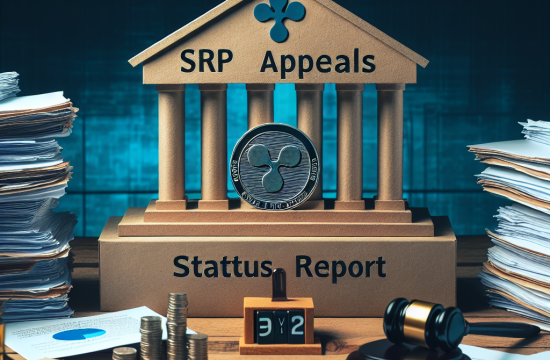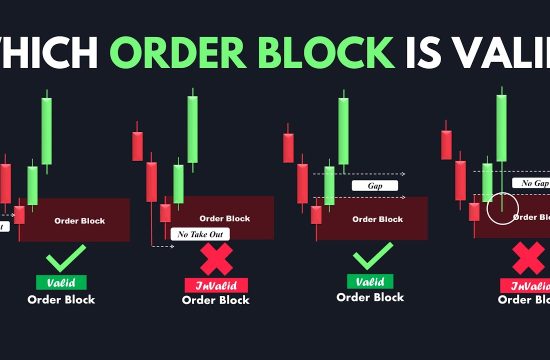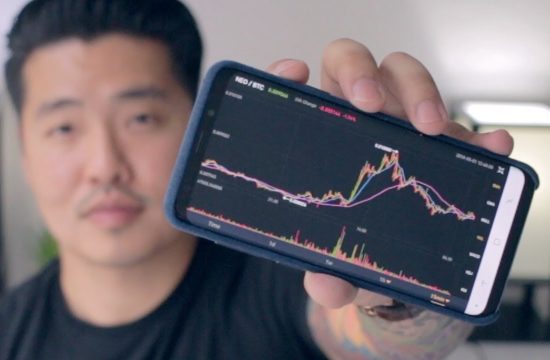Understanding Market Trends
Analyzing Historical Data
One of the first steps in understanding Bitcoin price movements is digging into historical data. When I first started, I spent countless hours analyzing charts from previous years. These charts provide insight into how Bitcoin has reacted to various events. Trends often repeat; it’s like déjà vu in the financial markets!
By studying past price patterns, I began to recognize key support and resistance levels. These are the prices at which Bitcoin tends to pause or reverse direction. Understanding these levels can provide context when predicting future movements.
Another key aspect is to look at the correlations with other markets. Sometimes Bitcoin progresses hand in hand with traditional stocks or commodities. Keeping an eye on these correlations gives me a broader view of where things might head.
Utilizing Technical Analysis
Moving Averages
Once I got a grasp on historical data, I dove into technical analysis. One tool that I find particularly helpful is moving averages. By averaging prices over a set period, I learned to smooth out fluctuations and reveal trends. For instance, the golden cross, where a short-term average crosses above a long-term one, often indicates a bullish trend.
It’s essential to choose the right time frames for your moving averages. For me, 50-day and 200-day moving averages have been the most impactful. I’ve noticed that these averages often help highlight whether Bitcoin is in a bullish or bearish trend, helping to inform my trading strategy.
Another thing to consider is the volume of trades. If price movements are accompanied by increased trading volume, it often indicates that the price movement is backed by strong market sentiment. This is something I learned over time and has paid off in my analysis.
Following Macro-Economic Events
Global Economic Conditions
In my journey of predicting Bitcoin movements, I realized that macroeconomic factors have a significant impact. Events like inflation rates, unemployment statistics, or geopolitical tensions can sway investor sentiment dramatically. For instance, when there’s economic uncertainty, people often flock to Bitcoin, seeing it as a ‘safe haven’ asset.
I always keep track of financial news and reports, as they can set the tone for the market. If a major country announces heavy regulations, you can almost hear the collective gasp as prices react almost instantly. It’s fascinating how intertwined Bitcoin is with traditional economic indicators.
Additionally, the overall sentiment in the crypto market during such times can provide insight. When other cryptocurrencies are falling alongside Bitcoin, it may indicate a larger trend rather than just a hiccup in Bitcoin’s price.
Engaging with the Cryptocurrency Community
Social Media and Forums
One of the most valuable lessons I’ve learned is the power of community. Engaging with others in the cryptocurrency space is incredibly insightful. Social media platforms and forums are buzzing with discussions about future trends and movements. I often find key information or speculative insights simply by scrolling through Twitter or Reddit.
In these community spaces, it’s vital to filter out noise from genuine analysis. Joining threads where seasoned traders share their strategies has been a game-changer for me. It’s like attending an informal crash course on Bitcoin trading!
Interactions on these platforms can provide a real-time gauge of market sentiment. When everyone’s hyped about a new feature or partnership, there’s usually buzz around potential price increases. It’s a living, breathing pulse of the market that’s super helpful for my own predictions.
Monitoring Sentiment Analysis
Understanding Market Sentiment
Finally, I can’t stress enough the importance of sentiment analysis. How people feel about Bitcoin influences its price just as much as technical indicators or economic data. I often use sentiment indexes and tools that can gauge whether the market is leaning bullish or bearish.
Sentiment can be swayed by news events, social media chatter, or major sales and purchases. I remember one time when a celebrity tweeted about Bitcoin, and the price soared overnight. Moments like these are reminders that emotions and hype can drive markets.
By keeping an eye on overall market sentiment, I can adjust my strategies accordingly. Sometimes it’s not just numbers on a chart but a vibe that can tell you what direction the market could swing. Trust me, it pays to be attuned to these sentiments for making informed decisions.
Frequently Asked Questions
What are the most effective tools for analyzing Bitcoin price?
Some effective tools include moving averages, trend analysis software, and sentiment analysis platforms. Combining these gives a well-rounded perspective to adapt your strategies.
How can economic news impact Bitcoin?
Econ news can greatly influence Bitcoin’s market. For instance, inflation data or policy changes can affect investor interest, causing price spikes or drops.
Is trading Bitcoin based on community sentiment reliable?
While community sentiment can provide insight, it’s important not to rely solely on it. Use it alongside technical and fundamental analysis for a balanced approach.
How can I identify support and resistance levels?
Support and resistance levels are typically identified by analyzing historical price charts. Look for price points where Bitcoin has previously reversed direction.
What role does risk management play in trading Bitcoin?
Risk management is crucial in trading Bitcoin. Setting stop-loss orders and not investing more than you can afford to lose can help protect your capital in the volatile crypto market.
Related Content
- US Bitcoin ETFs See $200 Million Outflow; Grayscale Leads With $121 Million
- VanEck Releases New Bitcoin Commercial, Ahead of Potential Spot Bitcoin ETF Approval
- Will Bitcoin hit $1 Million by 2030? | Lyn Alden Interview
- Compound Finance Tutorial (How to Use Compound v3)
- Guess who is in the XRP Army, Joey Swoll #xrp #xrparmy #ripple









